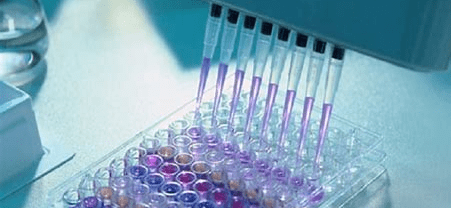Ensure our water supply free of these harmful chemicals

Pesticides and herbicides are chemicals that are widely used in agriculture to control pests and weeds, but these chemicals can also find their way into our drinking water supply. The U.S. Environmental Protection Agency (EPA) recognizes the potential health risks associated with exposure to pesticides and herbicides in drinking water and therefore requires them to be tested in order to ensure the safety of our water supply.
Pesticides & Herbicides
Pesticides are designed to kill or control pests, but they can also be harmful to human health if consumed in large quantities. Long-term exposure to pesticides can lead to a variety of health problems such as cancer, neurological disorders, and reproductive issues. Some of the most commonly detected pesticides in drinking water include Atrazine, Chlorpyrifos, and Glyphosate.
-
Atrazine:
A herbicide commonly used on corn, sugarcane, and other crops. It is one of the most frequently detected pesticides in U.S. surface and groundwater.
-
Chlorpyrifos:
An insecticide that is used to control a wide variety of pests, including mosquitoes, termites, and cockroaches.
-
Glyphosate:
A herbicide that is commonly used on crops such as corn, soybeans, and wheat. It is the active ingredient in the popular weedkiller Roundup.
Herbicides, like pesticides, are also used to control weeds, but they too can be harmful to human health if consumed in large quantities. Long-term exposure to herbicides can lead to an increased risk of cancer and other health problems. Some of the most commonly detected herbicides in drinking water include 2,4-Dichlorophenoxyacetic acid (2,4-D), Dicamba, and Metsulfuron-methyl.
-
2,4-Dichlorophenoxyacetic acid (2,4-D):
A herbicide that is commonly used to control weeds on lawns, in pastures, and in croplands.
-
Dicamba:
A herbicide that is commonly used to control broadleaf weeds in soybeans and cotton.
-
Metsulfuron-methyl:
A herbicide that is used to control weeds in a wide variety of crops, including corn, soybeans, and wheat.
It’s important to note that the health effects of exposure to pesticides and herbicides in drinking water may vary depending on the specific chemical, the concentration, and the duration of exposure.
The EPA requires testing for these contaminants in drinking water to ensure that our water supply is safe for consumption. However, it’s important to note that the frequency of testing and the maximum contaminant levels (MCL) for these pesticides and herbicides may vary depending on the situation, and can change over time.
In conclusion, it’s important that we are aware of the potential health risks associated with exposure to pesticides and herbicides in drinking water, and that we support the efforts of the EPA to ensure that our water supply is free of these harmful chemicals. By testing for these contaminants and setting strict regulations, we can ensure that our drinking water is safe for consumption and protect the health of our communities.






